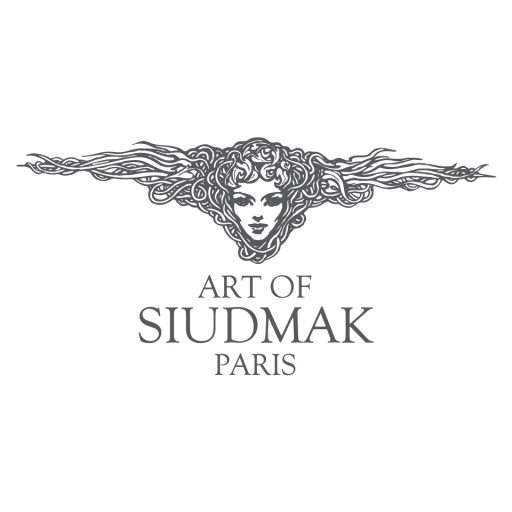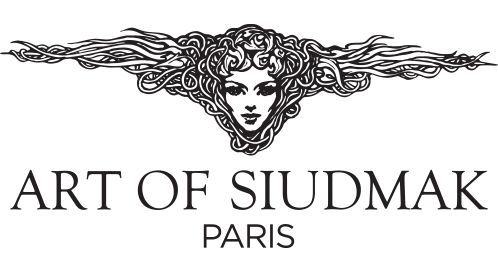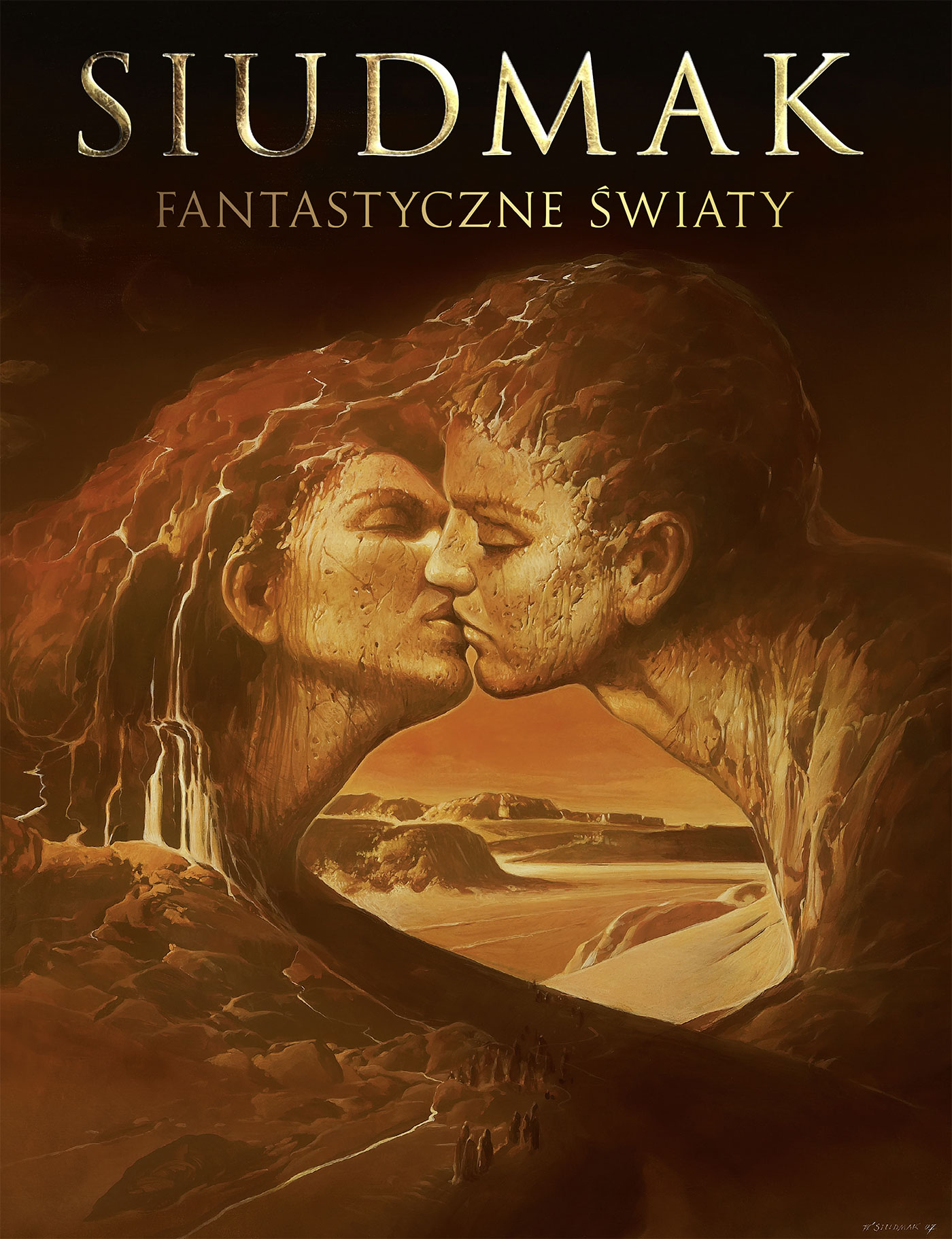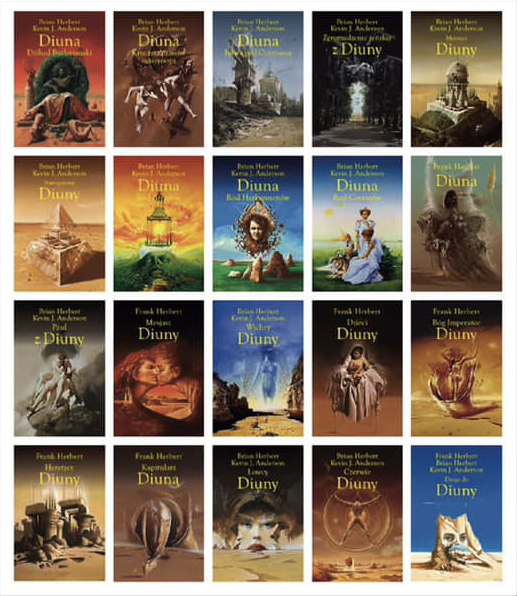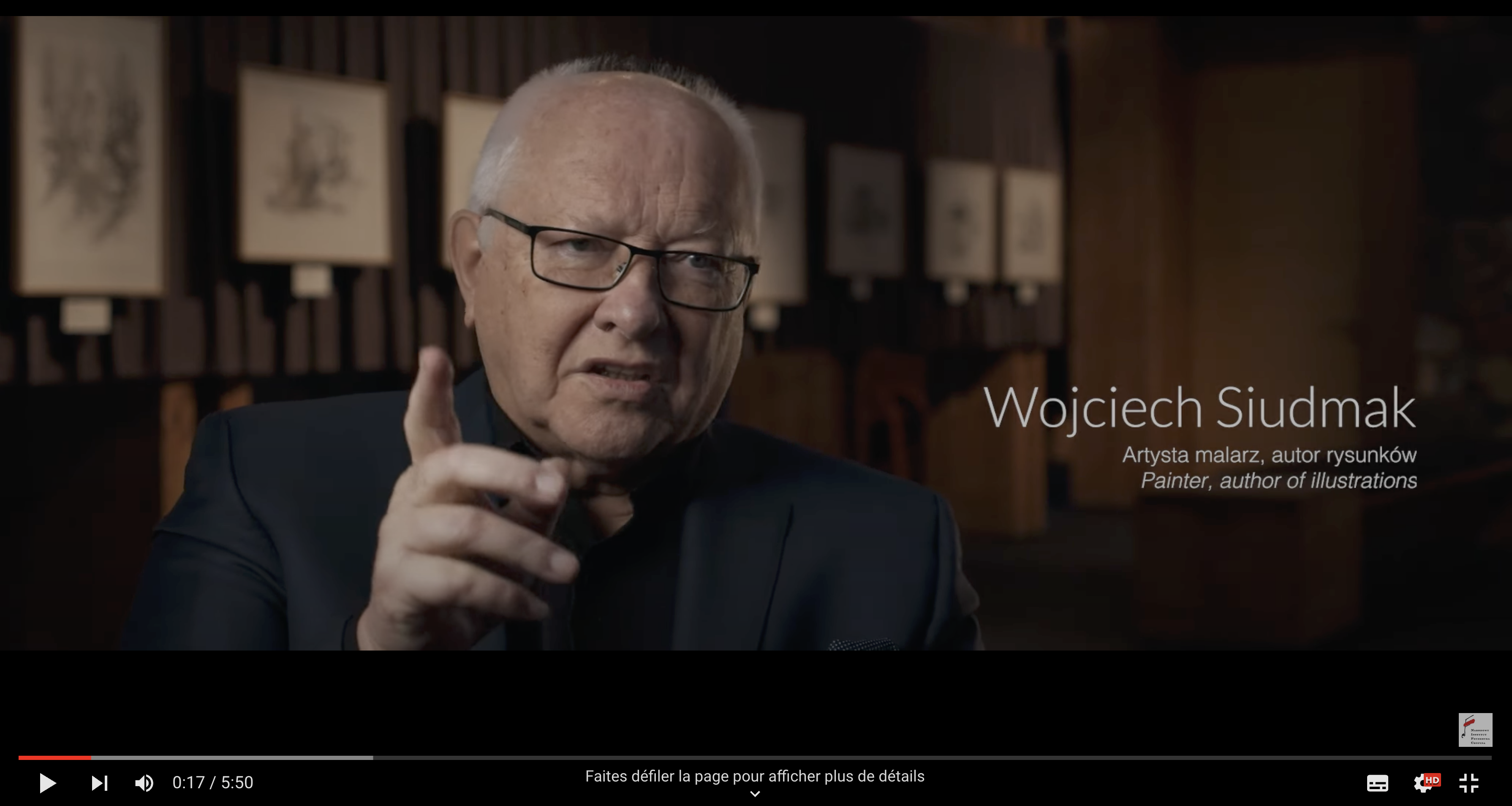Every childhood is marked by a symbol, a memory or a dream. The biggest imprint on my memory was left by a portrait of Chopin, a small reproduction of a drawing by Ingres which my father put up above his desk, and discovery of a huge anatomy atlas in a closet. This was followed by Greek mythology and novels by Jules Verne. And then there were two small sculptures on a dark desk. One of them, made of brass, featured Faust, while the marble one was a bust of Venus. This was enough to furnish my emerging imaginations for the years to come.
The image of the drawing by Ingres, whom I believe to be the most prominent graphic artist in the history of art, has always been with me. I think that my fascination with his drawings, recorded somewhere deep in my memory, allowed me to undertake the huge journey round the Dune universe in 2006 and to engage in dialogue with Herbert’s work. A similar dialogue was mastered by Gustave Doré, who created illustrations for the Bible, and by William Blake in his drawings to Paradise Lost by John Milton, a 17th century English poet. We are dealing with prominent works of literature and art here.
I chose drawing because it seems to me as the most profound and convenient artistic form for dialogue with Herbert. “What I did not draw, I did not see,” Goethe said. Ingres claimed that “drawing is the essence of art.” Those two quotes are enough to understand the winding paths that I followed to draw the naturally teeming thoughts.
